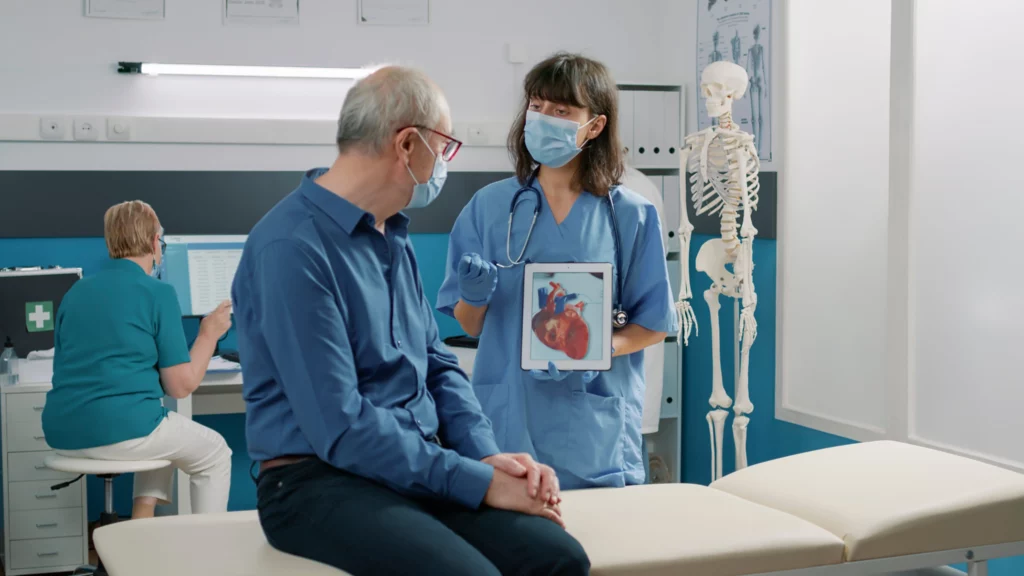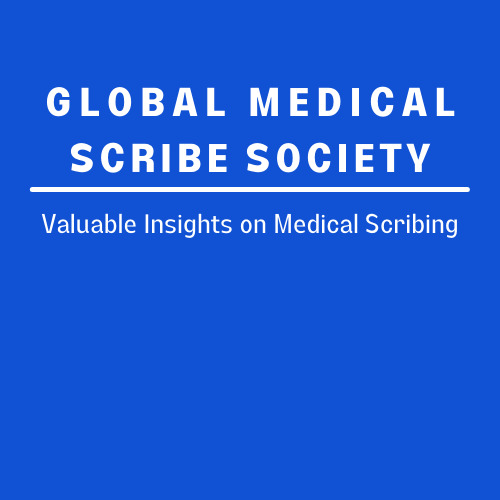
This year, the Centers for Medicare and Medicaid Services (CMS) have made significant updates to the coding system. They have included 42 ICD-10-CM additions, 7 deletions, and 1 revision. The purpose of these changes is to enhance the accuracy of identifying health issues and improve the quality of care provided. Among various medical specialties, cardiology practices face a significant challenge as they have the second-highest percentage increase in ICD-10 codes, following orthopedics. This surge in codes can be overwhelming for physicians to remember and can mean additional administrative burden also. However, there is a solution to this problem. Cardiology practices can employ cardiology medical scribes to ease the administrative burden and keep pace with the constantly evolving coding guidelines, while remaining profitable.
Research studies on the use of cardiology medical scribes
Cardiology medical scribes can improve physician productivity by freeing up physicians’ time to focus on patient care. This can lead to increased revenue and improved patient satisfaction. Let’s see what studies have to say
- According to a recent study published by the National Center for Biotechnology Information, the use of medical scribes in a cardiology practice resulted in a 10% improvement in physician productivity. The study compared the productivity of 10 cardiologists who used scribes to 15 cardiologists who did not use scribes service during their everyday clinic visits. The researchers found that physicians who used scribes saw 9.6% more patients per hour than physicians who did not.
- In addition to improving productivity, scribes can also help to improve the quality of clinical documentation. This can lead to increased revenue, as physicians are able to bill for more services. The study found that physicians who used scribes earned an additional $24,257 in revenue by creating clinical documentation with cleaner coding.
Overall, the use of medical scribes in a cardiology practice can lead to a number of benefits, including, enhanced physician productivity, improved patient satisfaction, increased revenue and better quality clinical documentation.
Another study on the implementation of scribes in a cardiology practice
Alan J. Bank, Medical Director of Research at United Heart & Vascular Clinic in St. Paul, Minnesota, and Associate Professor in the Cardiology Department at the University of Minnesota, shared findings from a study conducted in a cardiology practice. The study aimed to evaluate the impact of employing cardiology scribes on patient interaction, physician productivity, and revenue.
- A prospective study was carried out to compare standard care with scribe care. In standard care, follow-up visits lasted 20 minutes, while new patient visits lasted 30 minutes. With scribe care, follow-up visits were reduced to 15 minutes, while new patient visits remained at 30 minutes. The study analyzed 65 hours of patient care in four cardiology practices.
- The results showed a significant improvement in physician productivity. Patients seen per hour increased by 59 percent, and relative value units (RVUs) generated increased by 57 percent. This increase in productivity was definitely real. By implementing scribe care, patient visits were completed on time, and physicians no longer had to work after the clinic hours.
- Moreover, direct and indirect revenue from visits saw a notable boost. An additional $205,000 in revenue was generated by seeing 81 extra patients during the 65-hour timeframe.
- As a result of these positive outcomes, the scribe program was integrated into standard care for ten physicians. Physicians who previously had to stay late to complete their charts were now able to leave on time, leading to increased satisfaction among medical professionals.
A win-win-situation for all involved
The implementation of cardiology scribes proved to be a win-win situation for all parties involved. Patients received focused care and improved access to appointments, while physicians reported higher job satisfaction, better work-life balance, reduced documentation workload, and increased productivity-based pay. The healthcare system also became more efficient, generating revenue by seeing more patients rather than increasing tasks and reducing costs.
Considering the feasibility and positive outcomes of using cardiology medical scribes, busy cardiologists can consider hiring scribes to streamline their documentation requirements and enhance their practice. Well, if you’re a cardiologist seeking scribe support there are many scribe service providers out there providing high-quality scribing services for cardiology practices. Get in touch with them to stay focused on your patients and run an efficient practice.
